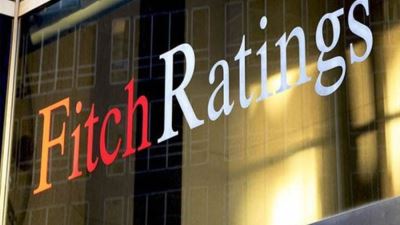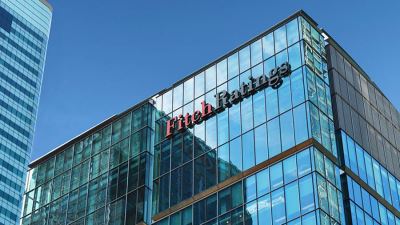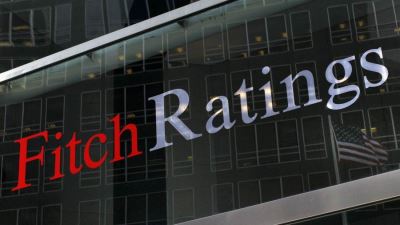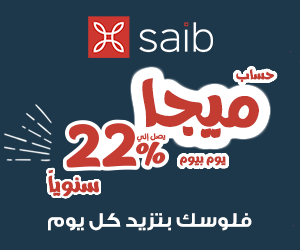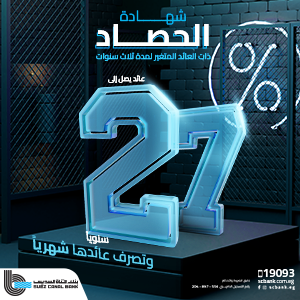Fitch: Egyptian Banks’ Capital Ratios Can Withstand Further EGP Depreciation

Fitch Ratings said that the Egyptian banks’ regulatory capital ratios can withstand further Egyptian pound depreciation as they are supported by healthy internal capital generation.

the report showed that the Large private-sector banks are better-placed to withstand currency depreciation than the two largest public-sector banks, National Bank of Egypt (NBE) and Banque Misr (BM), due to their higher regulatory capital buffers.
Some Egyptian banks keep moderate long open-currency positions, which can lead to pressure on capital ratios due to inflation of foreign-currency (FC) denominated risk-weighted assets (RWA).
FC assets accounted for 37% of RWA on average at the five largest banks at end-1H22. Assuming a 100% risk-weight for most FC assets, we estimate that a 10% currency depreciation would erode banks’ common equity Tier 1 (CET1) ratios by 30bp, on average. We estimate that FC RWA have inflated by about 60% since end-1H22.
However, fitch estimate the ratios will remain above the 4.5% minimum requirement, even without factoring in subsequent profits. We estimate annualised 1H22 net income, if fully retained, would add 220bp and 190bp to NBE’s and BM’s ratios, respectively.
Capital is also vulnerable to mark-to-market losses on investment portfolios due to the sharp rise in interest rates and yields on sovereign securities since 1Q22.
Fitch rating expect fair-value losses to continue to affect banks’ capital in 2023, but less so than in 2022 when average yields on treasury bills increased by about 540bp.
Other comprehensive income (OCI) losses eroded regulatory capital ratios by 90bp on average in 1H22 (after a cumulative 300bp of policy rate rises), but the losses could be reversed if banks hold the securities until maturity.
However, further policy rate increases in 2023 could drive additional OCI losses, and some banks may reduce dividends to support internal capital generation in the face of OCI losses and currency depreciation.





